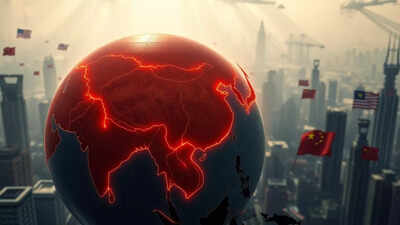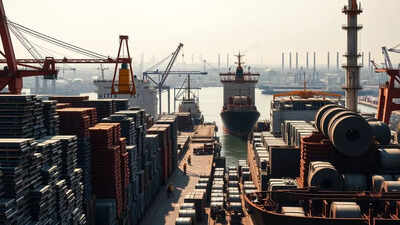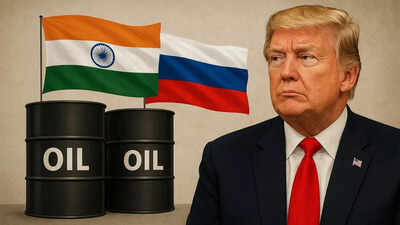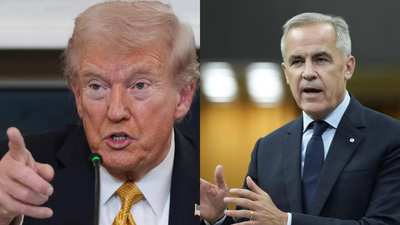IMF advises Asia on trade: Lower non-tariff barriers, strengthen regional ties; helps reduce US tariff risk

The International Monetary Fund (IMF) on Friday urged Asian countries to lower non-tariff barriers and boost regional trade integration. The organisation said that this would help them reduce vulnerability to US tariffs and global economic shocks.Trade has been a major driver of Asia’s economic growth, with China serving as the global hub for manufacturing and supply chains. This reliance makes the region vulnerable to disruptions from US-China trade tensions and tariffs, the IMF said in its regional economic outlook report for Asia.Rising trade friction with the US and a boom in artificial intelligence investment have led to an increase in trade within Asia. The IMF said that removing trade barriers and promoting regional integration could help countries diversify export markets, lower costs and offset some of the negative effects of tariff shocks, as reported by Reuters. “If Asia integrates more within the region, that itself provides a buffer against external shocks,” said Krishna Srinivasan, director of the IMF’s Asia and Pacific Department.Asia is already highly integrated in intermediate goods trade, with about 60% of total exports made within the region. By contrast, only 30% of final goods exports are sold within Asia, highlighting the region’s reliance on US and European markets, Srinivasan added.The report suggested that Asia could benefit from broader trade agreements, similar to those in the European Union, rather than relying mainly on bilateral deals, which often create overlapping rules and inconsistent standards.Non-tariff barriers, which increased during the COVID-19 pandemic and remain widespread, are particularly costly. Some countries are voluntarily reducing these barriers as part of trade talks with the US, a trend Srinivasan called “very positive.”The IMF said that greater regional trade integration could boost Asia’s GDP by up to 1.4% over the medium term and Asean economies by up to 4%. “There is a silver lining in that some countries, which had to liberalise anyway, are now liberalising,” Srinivasan noted.The IMF projects that Asia’s economy will grow 4.5% in 2025, slightly lower than last year’s 4.6% but higher than its April estimate by 0.6 percentage point, supported by strong exports, partly due to companies shipping goods ahead of higher US tariffs. Growth is expected to slow to 4.1% in 2026 due to trade tensions, weak demand in China and soft private consumption in emerging economies.“While trade policy uncertainty has declined somewhat compared to April, it remains high and could weigh on investment and sentiment more than expected,” the IMF said.





